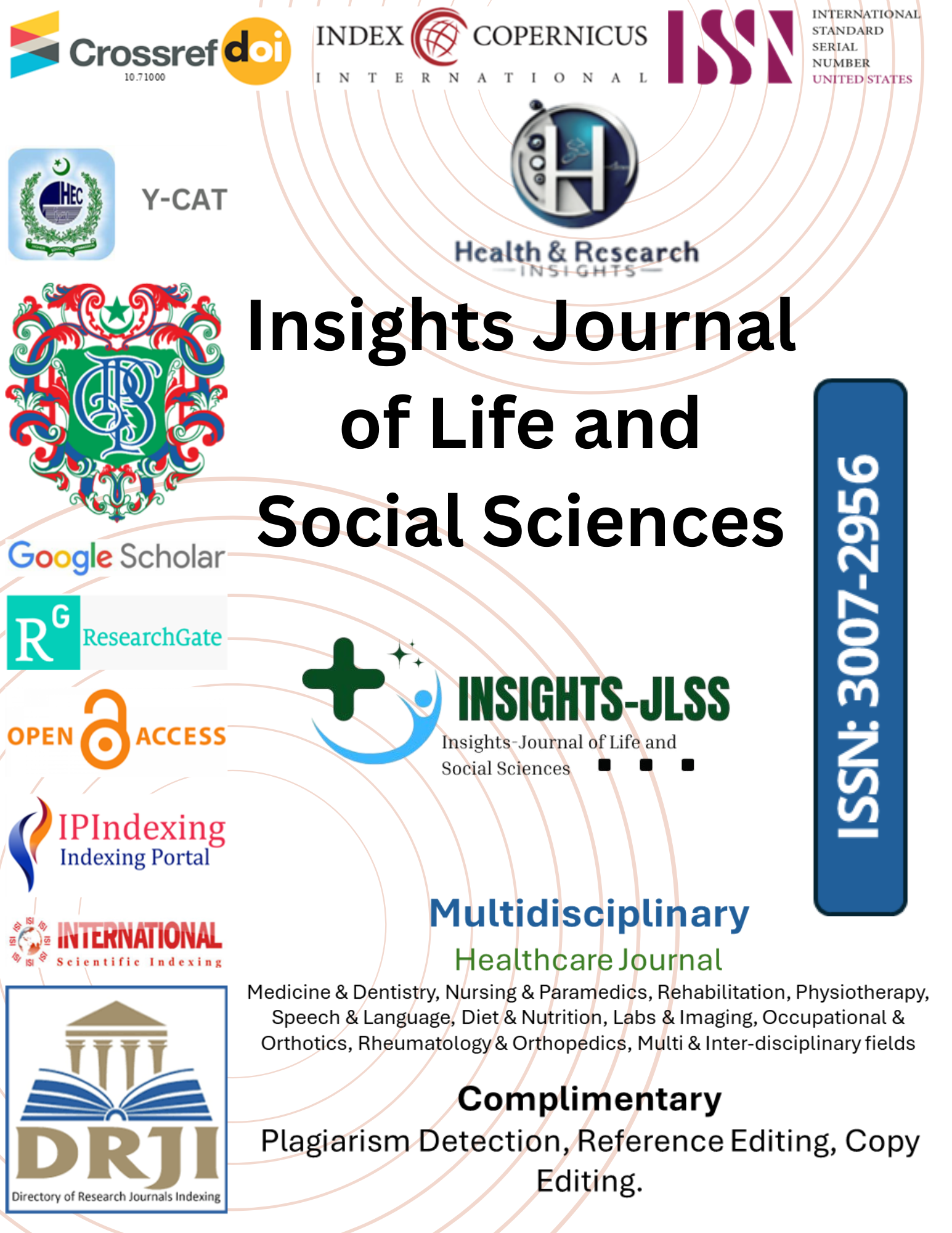ASSOCIATION BETWEEN AI-BASED TREATMENT PLANNING TOOLS AND PSYCHOSOCIAL SATISFACTION IN ORTHODONTIC PATIENTS: A CROSS SECTIONAL STUDY
Main Article Content
Abstract
Background: The integration of artificial intelligence (AI) in orthodontic treatment planning, particularly through digital aligner systems, has introduced new possibilities for enhancing both clinical outcomes and patient-centered care. However, limited research exists on how AI-based planning impacts psychosocial satisfaction and self-perception during treatment.
Objective: To explore the association between AI-enhanced digital aligner treatment planning and psychosocial satisfaction in adolescent and adult orthodontic patients.
Methods: A cross-sectional study was conducted over eight months in orthodontic clinics across urban Pakistan. A total of 420 participants aged 13–40 years undergoing or recently completing AI-based aligner therapy were enrolled. The Psychosocial Impact of Dental Aesthetics Questionnaire (PIDAQ) was used to assess domains such as dental self-confidence and psychological impact. Patient satisfaction with AI-driven features—such as visual simulations, treatment predictability, and perceived control—was measured using a Likert-based scale. Statistical analyses included descriptive statistics, Pearson’s correlation, and multiple regression, with data analyzed via SPSS v26. Normality of data was confirmed prior to analysis.
Results: Participants showed high satisfaction with AI features, particularly in visual clarity (mean score 4.15 ± 0.74) and treatment confidence (4.09 ± 0.77). The highest PIDAQ domain score was observed in dental self-confidence (3.89 ± 0.81). Positive correlations were noted between satisfaction with AI tools and self-confidence (r = 0.48, p < 0.001), while negative correlations were found with social impact, psychological impact, and aesthetic concern. These findings suggest a significant psychosocial benefit associated with AI-enhanced orthodontic planning.
Conclusion: AI-integrated aligner treatment planning contributes positively to patient satisfaction and psychosocial well-being, supporting its role in modern, patient-centered orthodontic care.
Article Details

This work is licensed under a Creative Commons Attribution-NonCommercial-NoDerivatives 4.0 International License.
